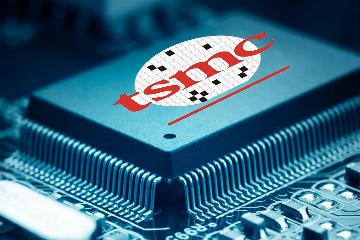Advertisements
Major players in chip design, such as Intel, Qualcomm, and NVIDIA, have their roots firmly planted within U.Ssoil, thereby wielding considerable influence over the global semiconductor design landscapeThis proximity plays a pivotal role for semiconductor manufacturing companies contemplating local factories, facilitating more efficient communication with design agencies and expediting product development cyclesIn such a volatile market, this strategic positioning offers a critical edge.
However, these advantages do not fully compensate for the existing challenges in the semiconductor landscape.
To start, the costs associated with establishing factories are prohibitively high
Advertisements
TSMC's attempts to construct a facility in the U.Shit a stumbling block as construction cost estimates soared to levels that left the company taken abackComing in at more than six times anticipated expenses in foundational infrastructure alone and with labor costs increasing by approximately 30%, the financial outlay required poses a substantial barrier to local manufacturing initiatives.
Secondly, there is a marked shortage of skilled laborAlthough the U.Sattracts many talented individuals globally, there are evident shifts within this labor poolThe allure of tech giants like Google, Microsoft, and Amazon continues to dominate the ambition of young professionals, vying for positions in law or finance, rather than pursuing roles in the semiconductor sectorManufacturing as a field lacks appeal for many U.Scitizens, who often equate it with a grueling and less glamorous career path.
In stark contrast, China is generating a vast number of engineering graduates each year, funneling them into its rapidly growing semiconductor industry
Advertisements
This influx starkly contrasts with the U.Slabor market, where engineering graduates tend to drift toward more prestigious and lucrative sectors.
During a public speech on April 21, 2023, Morris Chang astutely observed, "The importance of diligent and talented engineers, technicians, and operators cannot be overstatedThey must be willing to embrace the challenges of the manufacturing sector, a space which has fallen out of favor in America." This commentary underscores the cultural shift that has taken place regarding manufacturing jobs in the U.S.
The resurgence of manufacturing on American soil cannot be achieved merely with financial incentives amounting to billions of dollarsAltering societal perceptions and reversing long-standing trends present formidable challengesConvincing the youth of America to aspire toward the tough, often low-paying manufacturing sector is an intricate problem that policymakers must confront.
It is also crucial to note that China's semiconductor advancements have been achieved under the cloud of U.S
- Han's M&A Faces Hurdles in Hong Kong
- 2024: A Milestone Year for AI
- Polysilicon Production Cuts to Impact PV Market
- Western Chip Firms Double Down on China
- Hong Kong Dividend Plays Offer Value
technology export controls, which have barred access to cutting-edge manufacturing technology like EUV lithography equipment.
